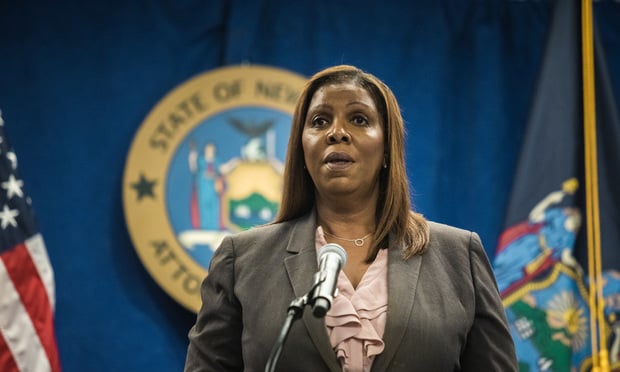Trustees of the financially-strapped Teamsters Central States multiemployer pension fund have told union leaders they plan to rely on the Multiemployer Pension Reform Act of 2014 to make cuts to existing retiree pensions.
It is the first such formal action by a multiemployer plan since the law was adopted by Congress.
The Central States Pension Fund covers the retirement benefits of about 410,000 current and retired union members.
Recommended For You
Once the envy of multiemployer plans because of the competitive retirement benefits it offered participants, the plan has hemorrhaged participants over the past three decades.
In the 1980s, the fund had four active participants for every one retiree. But as many trucking companies moved from the union labor model, and massive employers like UPS pulled out of the plan, that ratio has inverted. Now, there are five retirees to support every one active working member of the fund.
The plan has about $18 billion in assets, and pays $2.8 billion in annual benefits to retirees, while employer contributions have fallen to $700 million annually, according to testimony by the plan's executive director to Congress. Its liabilities are about $35 billion.
Central States was started in 1955 under infamous Teamsters boss Jimmy Hoffa, whose namesake son is the current Teamsters leader.
Central States Executive Director Tom Nyhan told Congress in 2010 that the fund "is projected to be insolvent in 10 to 15 years," if no action is taken. Nyhan has since made the same comment repeatedly.
Last year's annual report from the Pension Benefit Guaranty Corp. showed its multiemployer program has less than $2 billion to cover more than $42 billion in projected liabilities.
For as dramatic as that deficit is, PBGC said the projected insolvencies of two large plans account for $26 billion of the shortfall, while another 14 smaller plans account for nearly $9 billion.
The Central States Plan, though not named in the PBGC's annual report, acknowledges being one of the two larger plans referred to.
At a meeting this week in Rosemont, Ill., where the Central States Plan administration is headquartered, trustees explained to union leaders that the extent of the cuts has yet to be determined, according to the Minneapolis Star Tribune.
Moving forward, the trustees will begin talks with the Treasury Department. Under the Multiemployer Pension Reform Act, Treasury, in conjunction with the Department of Labor, has to approve any cuts.
The new law limits the extent of those cuts. No retiree will see their pensions cut below 110 percent of what PBGC guaranties in its multiemployer program, which is only about $13,000 a year.
And benefit suspensions will be phased out for retirees age 75 at the time the cuts are implemented. Also, the cuts will not affect retirees age 80 and older and disability pensions cannot be cut.
If regulators sign off on the pension cuts, union members can vote, within 30 days of the decision, to override the decision.
But even if union members successfully do so, the Treasury department can push forward with the cuts if it decides the plan is "systemically" important, which it would be if its takeover would result in $1 billion or more in liabilities to the PBGC.
© 2025 ALM Global, LLC, All Rights Reserved. Request academic re-use from www.copyright.com. All other uses, submit a request to [email protected]. For more information visit Asset & Logo Licensing.








